Contagious Skin Rashes Biography
Source(google.com.pk)
Fluid-emitting blisters. Itchy, ring-shaped rashes. Crusty, painful sores. These symptoms of the skin may sound scary (and revolting), but, really, they're quite treatable—usually don't last for more than a couple of weeks. What is scary, though, is their highly infectious factor (some can be transferred through simply sharing hairbrushes or sleeping in the same bed.) Here, a look at eight of the most contagious skin conditions, from signs and symptoms to effective treatments:
1. Scabies. This itchy skin condition is caused by a tiny, eight-legged burrowing mite called Sarcoptes scabiei. The presence of the mites leads to itchy, blistery bumps in the area in which it burrows. In adults, scabies is most often found between fingers, in armpits, around the waist, along the insides of wrists, on the inner elbow, on the knees, and on the buttocks--but can be found in many other locations, too. In children, common sites of infestation include the scalp, face, neck, palms of the hand, and soles of the feet. Scabies is contagious and can spread quickly through close physical contact in a family, daycare, school class, or nursing home, according to the National Institutes of Health (NIH). As a result, doctors often recommend treatment for entire families or contact groups to eliminate the mite. Fortunately, scabies is readily treated with medications that are applied to the skin to kill the mites that cause scabies--however, individuals may still experience some itching for several weeks before the condition is completely resolved.
2. Impetigo. Most common in children, this highly contagious skin condition often follows a recent upper respiratory infection. Impetigo begins as itchy, red sores that blister, emit fluid, and eventually becomes covered with a tightly adherent crust. According to the Centers for Disease Control & Prevention (CDC), impetigo can easily be spread from one area of the body to another area through direct contact with sores and discharge on the skin. In most cases, impetigo can be treated with a prescription antibacterial cream, while more severe cases may require oral antibiotics. Although the sores of impetigo tend to heal slowly, they seldom scar.
3. Athlete's foot (tinea pedis). This common fungal infection can be easily spread in public places such as communal showers, locker rooms, and fitness centers, according to the NIH. The symptoms can be numerous, ranging from itching, stinging, and burning between the toes to cracking and peeling skin on various areas of the feet. Sometimes the toenails become thick, ragged, or discolored and pull away from the nail bed. The good news is that athlete's foot usually responds well to antifungal ointments, lotions, powders, or sprays, although more severe cases may require oral medications.
4. Ringworm (tinea corporis). Characterized by an itchy, red circle of rash with healthy-looking skin in the middle, ringworm is closely related to athlete's foot and jock itch. This fungal infection develops on the top layer of the skin and can affect the arms, legs, stomach, and face. Although unsightly, ringworm usually isn't serious in healthy individuals. Extremely contagious, ringworm can be spread in the following ways: human to human (often through direct skin-to-skin contact with an infected person); animal to human (it's commonly spread while petting or grooming dogs or cats); object to human (it can live on clothing, towels, bed sheets, or brushes touched by an infected person); and soil to human (in rare cases, ringworm can be spread to humans through contact with infected soil). Ringworm often occurs in young children, and outbreaks are common in schools, daycare centers, and infant nurseries, according to the CDC. Treatment is usually simple, consisting of non-prescription antifungal medications that can be applied to the skin. If ringworm covers a large area of the body, is severe, or doesn't respond to over-the-counter medicine, a prescription-strength topical or oral medication may be needed.
5. Jock itch (tinea cruris). This infection is often caused by the same type of fungus as athlete's foot and ringworm of the scalp. In fact, the fungus that infects the groin area may be spread there from one's own athlete's foot infection. Although anyone can get the infection, jock itch gets its name because it commonly occurs in people who sweat a lot. It is also more common in those who are overweight. Typically affecting the skin of the inner thighs, buttocks, and genitals, jock itch results in an itchy, red, often ring-shaped rash in these warm, moist areas of the body. It can make wearing underwear or tight clothing uncomfortable, and walking or exercising may aggravate the rash and worsen the symptoms. Jock itch can be spread from person to person by shared use of contaminated towels or clothing or through direct contact during sexual intercourse. Although fairly uncomfortable, jock itch isn't usually serious and can be treated with an antifungal medication. Keeping susceptible body parts clean and dry and applying topical antifungal medications are usually sufficient to treating the problem, according to the NIH.
6. Vaginal yeast infection. There are more than 20 species of Candida, the most common being Candida albicans. These fungi are normally found on all surfaces of the body. However, under certain conditions, they can become so numerous that they throw of the body's natural balance, causing infections, according to the CDC. In particular, they thrive in warm moist areas. In women, signs of a vaginal yeast infection are a white cheesy discharge that typically itches and irritates the vagina and surrounding outer tissues. On occasion, it may cause pain with sexual intercourse or burning with urination.
7. Thrush. Also caused by the candida fungi, thrush (oral candidiasis) produces thick, white patches on the tongue, palate, or elsewhere inside the mouth. Thrush can make it difficult and painful to eat or drink, so it's important to avoid becoming dehydrated, according to the American Academy of Family Physicians (AAFP). Superficial candidal infections appear as a red, flat rash with sharp scalloped edges and may cause itching or pain. Most candidal infections can be treated at home with over-the-counter and clear within a week. In some cases, a prescription may be required.
8. Diaper rash. This annoying infant itch can be grouped in the same family as thrush and vaginal yeast infections. Diaper rash usually causes pimples, blisters, and sores in the area where the diaper touches the baby. If your baby has a rash, see your pediatrician, who can prescribe an antifungal cream. To help avoid diaper rash, change your baby's diaper often, don't use wipes that contain alcohol or are scented, and apply creams that zinc oxide ointment or petroleum, according to the AAFP.


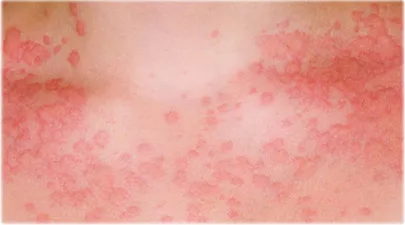
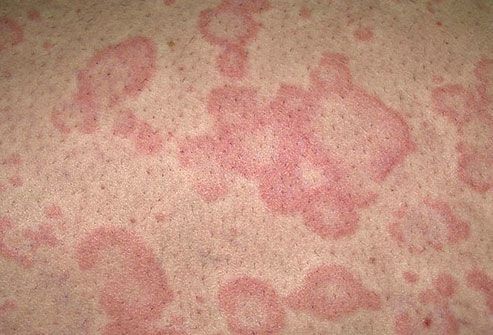

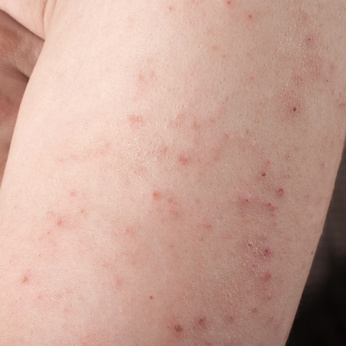
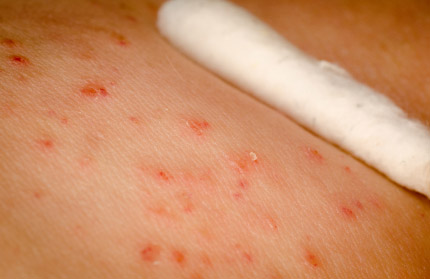
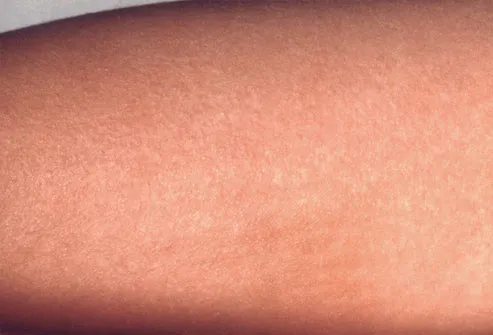


No comments:
Post a Comment